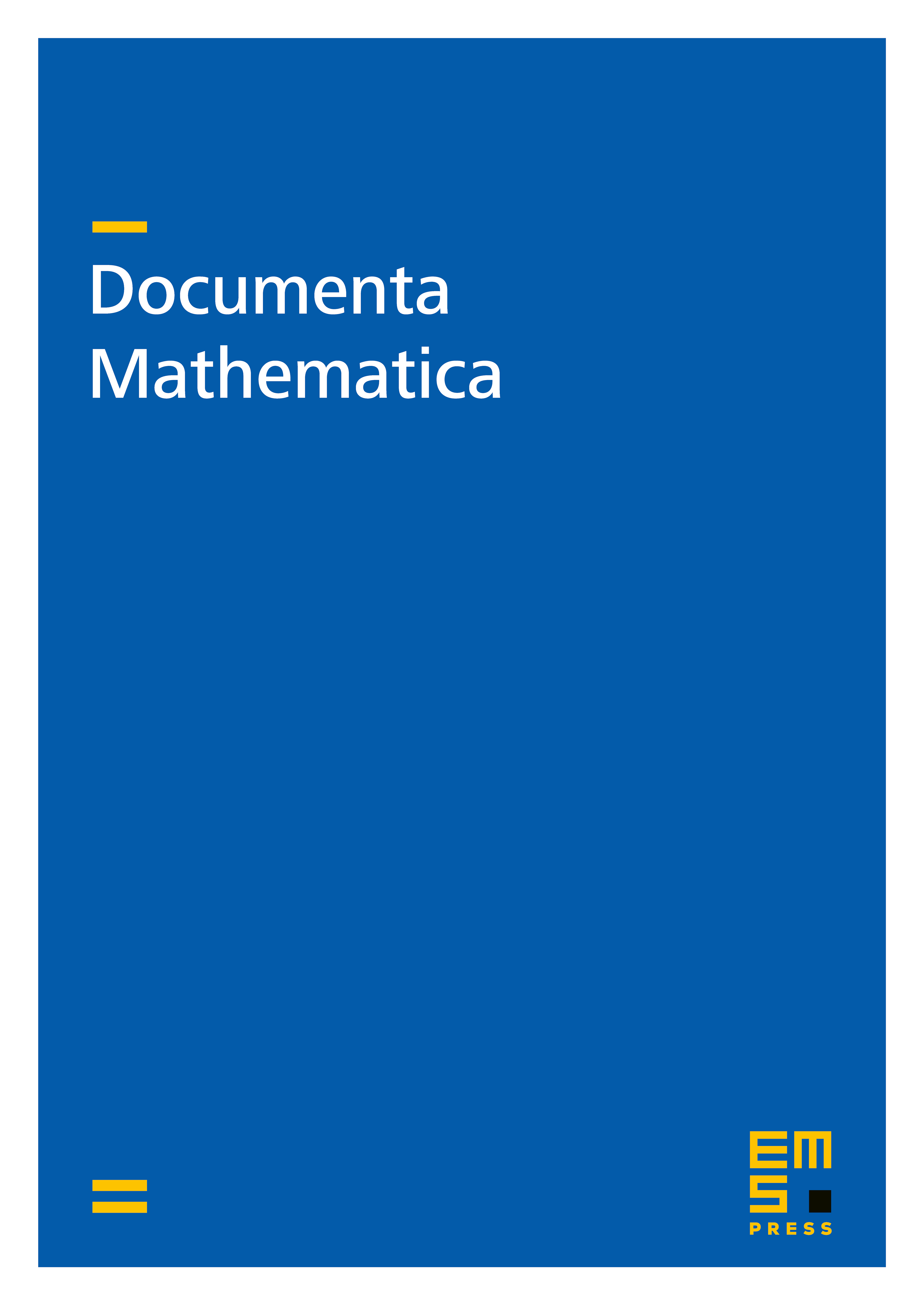Duality for topological modular forms
Vesna Stojanoska

Abstract
It has been observed that certain localizations of the spectrum of topological modular forms are self-dual (Mahowald–Rezk, Gross–Hopkins). We provide an integral explanation of these results that is internal to the geometry of the (compactified) moduli stack of elliptic curves , yet is only true in the derived setting. When 2 is inverted, a choice of level 2 structure for an elliptic curve provides a geometrically well-behaved cover of , which allows one to consider as the homotopy fixed points of , topological modular forms with level 2 structure, under a natural action by . As a result of Grothendieck–Serre duality, we obtain that is self-dual. The vanishing of the associated Tate spectrum then makes itself Anderson self-dual.
Cite this article
Vesna Stojanoska, Duality for topological modular forms. Doc. Math. 17 (2012), pp. 271–311
DOI 10.4171/DM/368